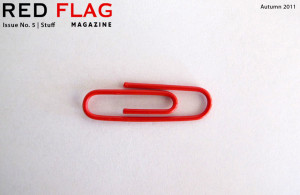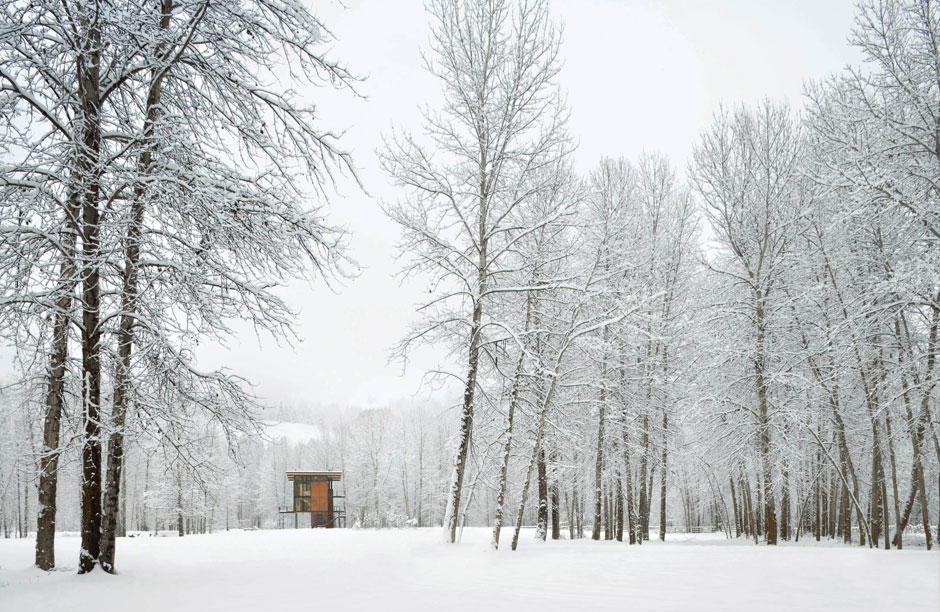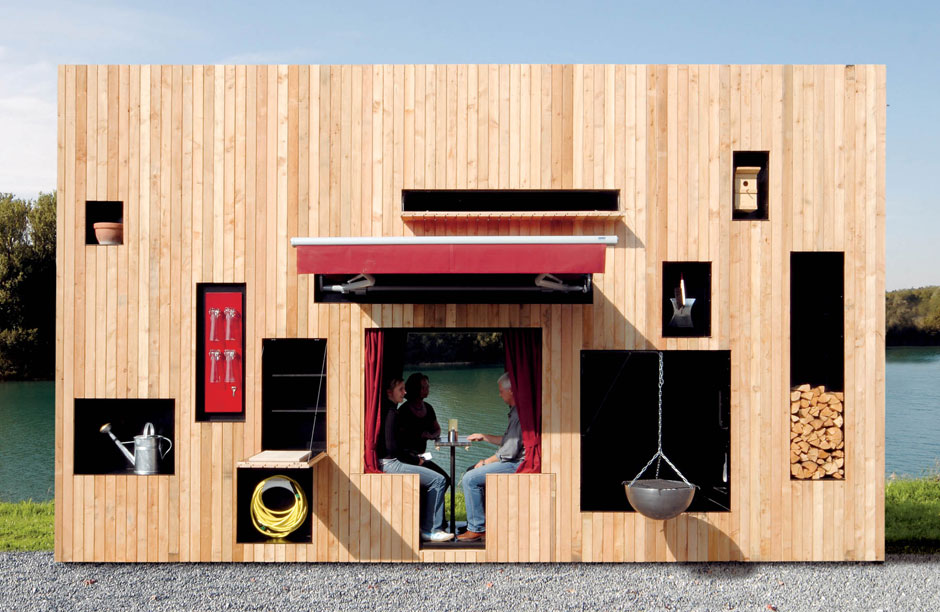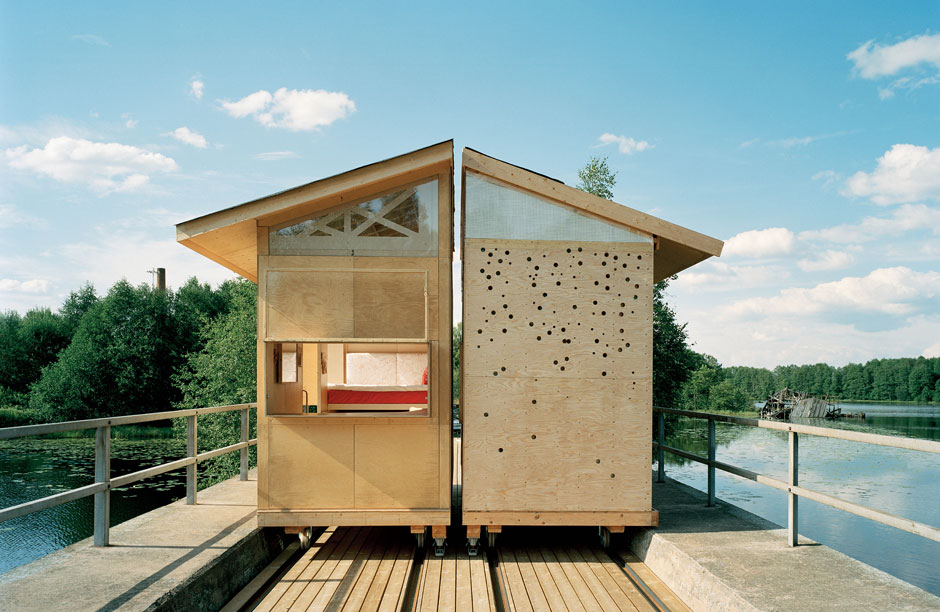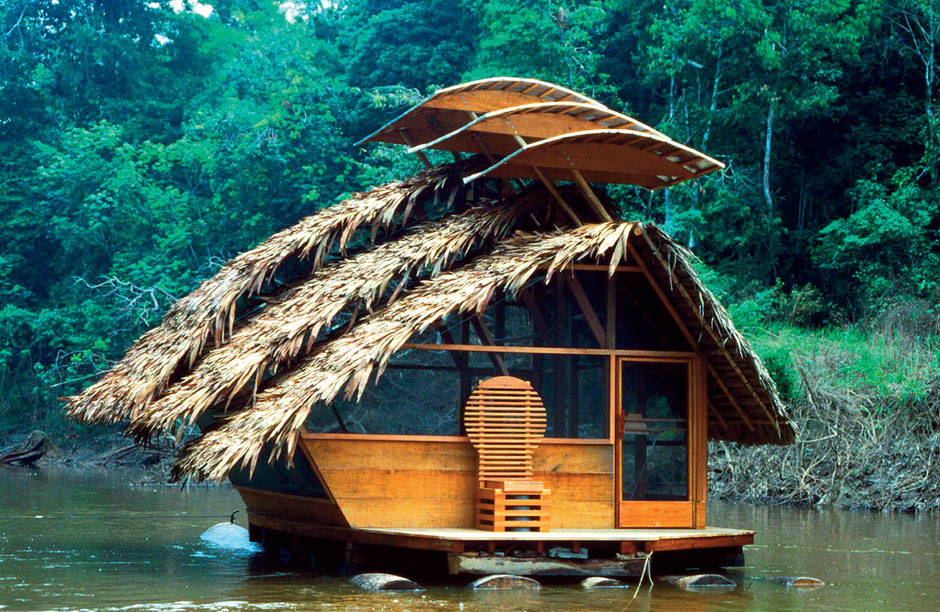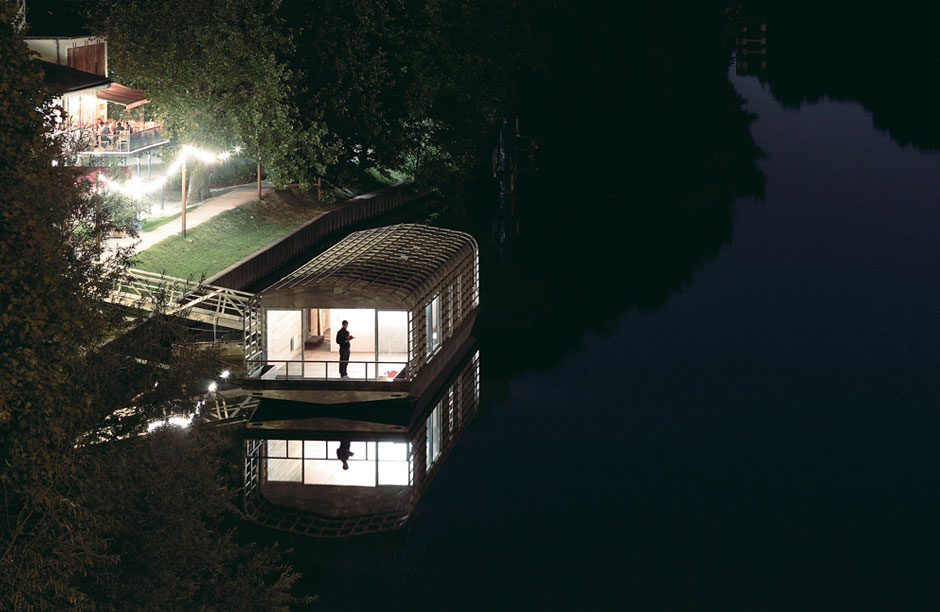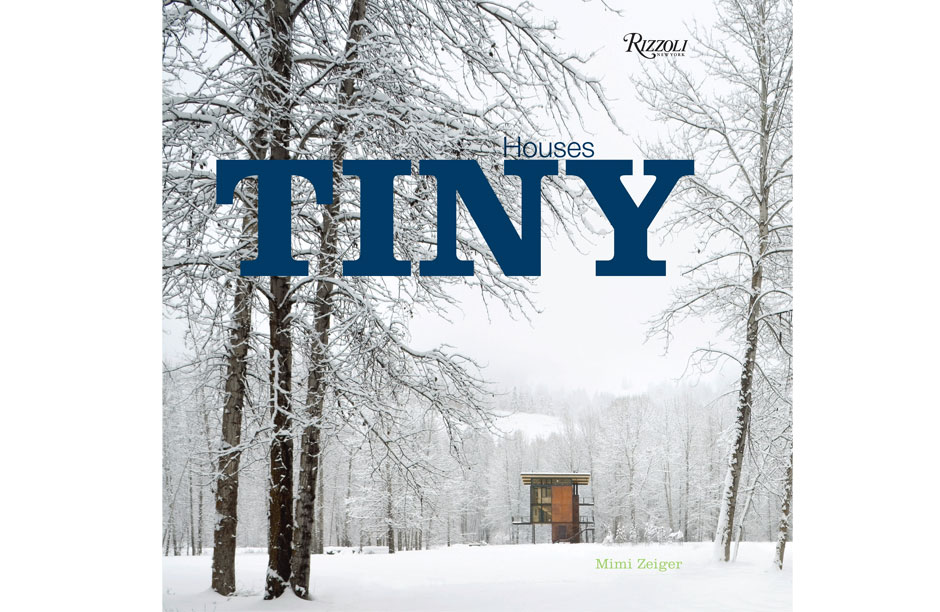Tiny Houses
This past week we have been focusing on places of dwelling or the spaces that we call “home”. When it comes to “stuff” our home is often the place where all our things converge under one roof and where we feel most connected. As we have been reexamining our relationship to stuff we also encourage you to reexamine your relationship to the idea of “Home”.
Where is your home?
Do you live in a temporary space or have you been in the same house your entire life? Do you find yourself on the road more days out of the year than actually in your own bed ? Are you living in the same city, the same country, in which you were born? Or are you living abroad far away from your original roots?
In your journey through this world where do you find sanctuary? Is it between the walls of an actual physical space or is it within structures less tangible like our relationships to community, to loved ones and to ourselves?
As you begin to rediscover what home actually means to you the place you call “home” might begin to look a little different.
Mimi Zeiger, a Brooklyn-based freelance art and architecture writer and the founder of “loud paper”, presents us with the possibility of elegantly downsizing our dwellings in her book Tiny Houses (published by Rizzoli Press, New York).
Zeiger discovered that from 1970 to 2004 the average size of the American home went up by 1,000 square feet – from an average of 1,400 square feet to 2,330 square feet. In “Tiny Houses” she presents 36 living spaces that each falls under 1,000 square feet – most of them far below – yet still meet all the needs of its inhabitants.
Many of the houses are mobile and set into places in nature most of us wouldn’t normally tread. With a smaller roof we are coaxed to step into nature as the extension of our living spaces. With less square footage we are unable to squeeze in so much stuff – allowing us to feel lighter. Each of the houses in Tiny Houses “exemplifies the philosophy of treading lightly” and is constructed with the environement in mind out of sustainable materials.
Some are very whimsical some are staunchly practical, but each house invites us to think differently about the place we call home.
